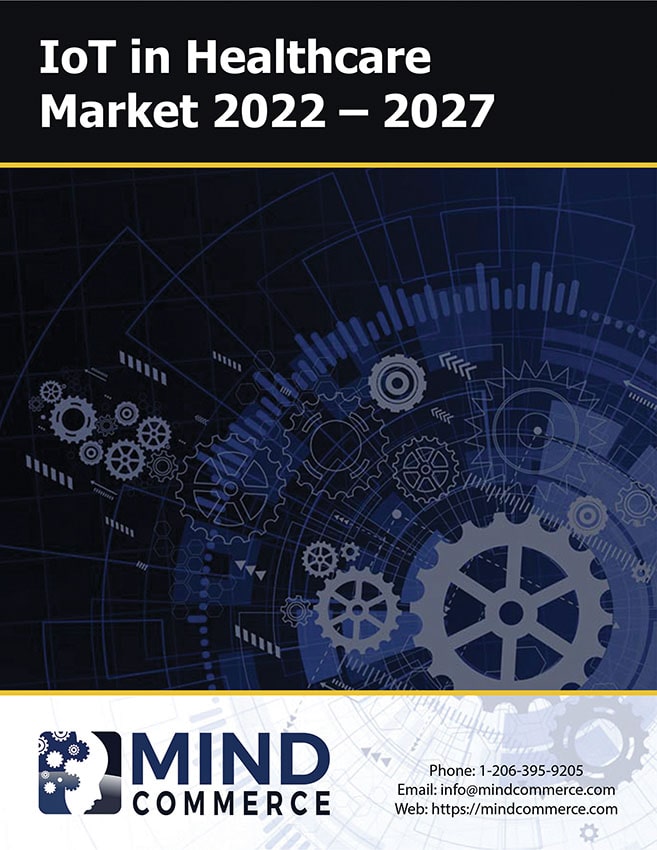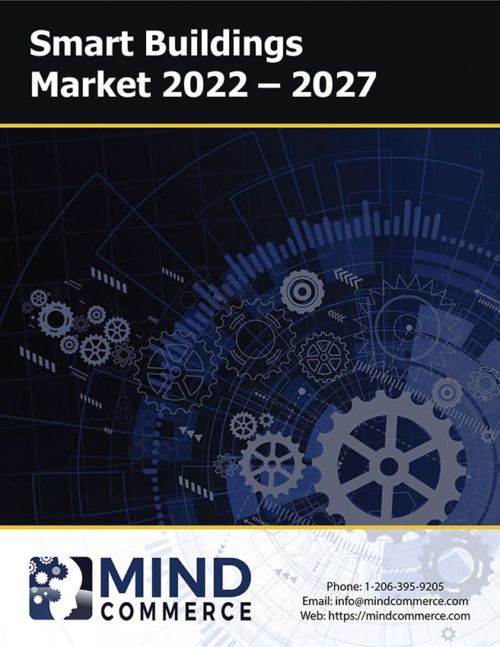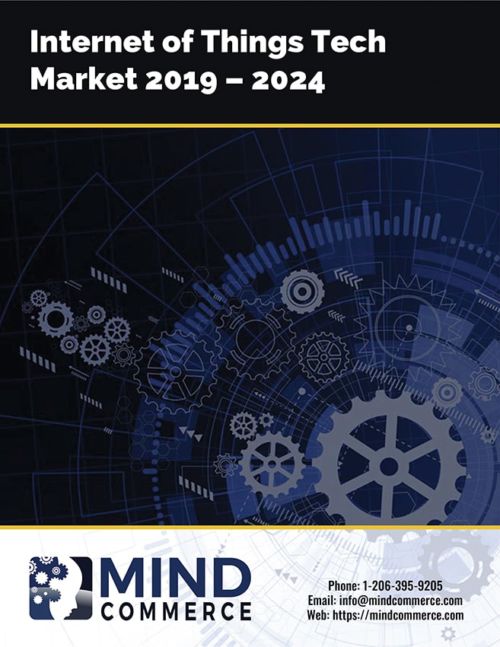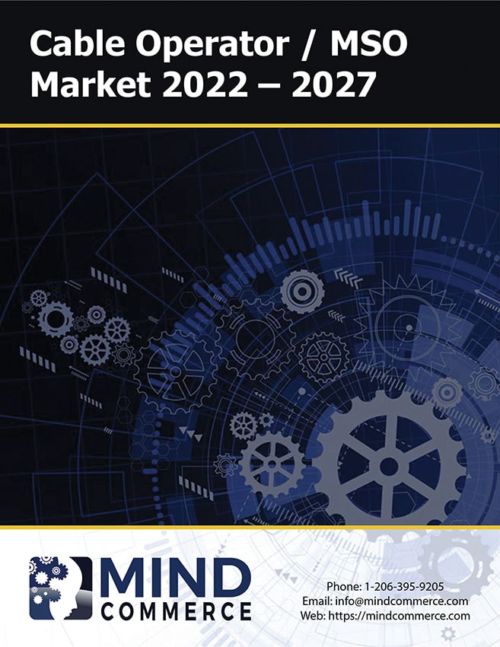Description
This IoT healthcare market report covers technology trends, solutions deployment, R&D, and related SWOT analysis. The report includes an analysis of the core market as well as segmentation by specific use cases and with consideration of the healthcare IoT value chain.
IoT Healthcare Market Dynamics
The entire healthcare industry is poised to undergo an unprecedented transformation as a result of technology advances and healthcare access concerns due to the recent coronavirus pandemic, which has forced hundreds of millions of people worldwide to change their behaviors in terms of how they obtain healthcare services.
We see substantial growth in the healthcare industry largely propelled by IoT technology and applications deployed in a cloud-based “as-a-service” for health status monitoring, wellness, and acute care. Additional enablers include high-speed connectivity, embedded sensor solutions, and wearable applications.
These technologies are anticipated to transform the entire healthcare ecosystem, leading to significantly improved remote healthcare services along with maximizing patient outreach and minimizing operational costs. Various Internet of Healthcare Things (IoHT) technologies will be a game-changer for the healthcare ecosystem in the coming decade in terms of systems, processes, and services delivery. There is great potential to increase efficiency and effectiveness in treatment and diagnosis, cost reduction, and improving the overall standards for patient care.
Telemedicine and Quantified Self are Driving 31% of all IoT in Healthcare Market Deployments
Overall IoHT solutions will address a few important areas in the healthcare sector including reduction of transmission of hospital-acquired infections to patients. Other areas include providing core functionalities required by clinicians, front-office, billing staff, and physicians. It will also help healthcare providers with predictive analytics, connecting medical devices with web applications, optimizing physical assets, and automate healthcare operations.
While many aspects of IoT in healthcare leverages low bandwidth connectivity, certain aspects of telehealth require sufficient capacity that may only be derived from fiber or 5G. For example, nothing is more frustrating than a telehealth session that is pixelated because of an inadequate Internet connection, which could be due to limitations at the customer and/or physician site or anywhere in between.
Another limitation is the inability to examine and treat the entire body. While technologies such as sensors, machine-to-machine communications, and wearables are improving the overall experience, the ability to view and diagnose the body as a whole is often limited. We anticipate that there will soon be technologies integrated with telehealth to address these issues, but for now, most systems rely upon conveyed information and limited scanning.
IoT Healthcare Market Report
This report provides an assessment of IoT in healthcare including technology trends, solutions deployment, R&D, and related SWOT analysis. The report includes an analysis of the core market as well as segmentation by specific use cases and with consideration of the healthcare IoT value chain.
The report investigates potential application engagement scenarios and related regulatory issues. The report also includes vendor strategies, product, service, and solution analysis. Our forecasts cover technologies, connectivity, applications, services and solutions from 2022 to 2027.






